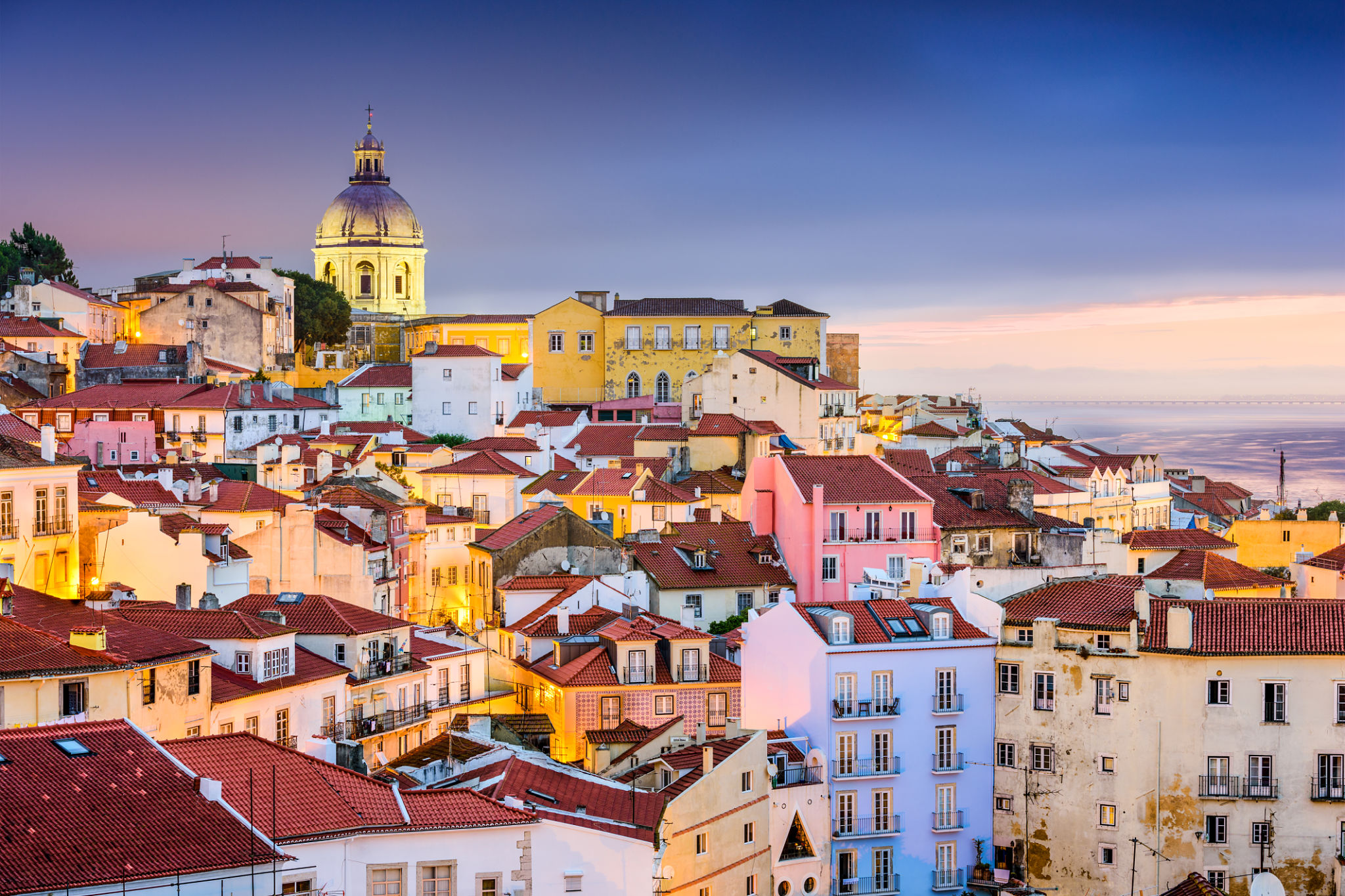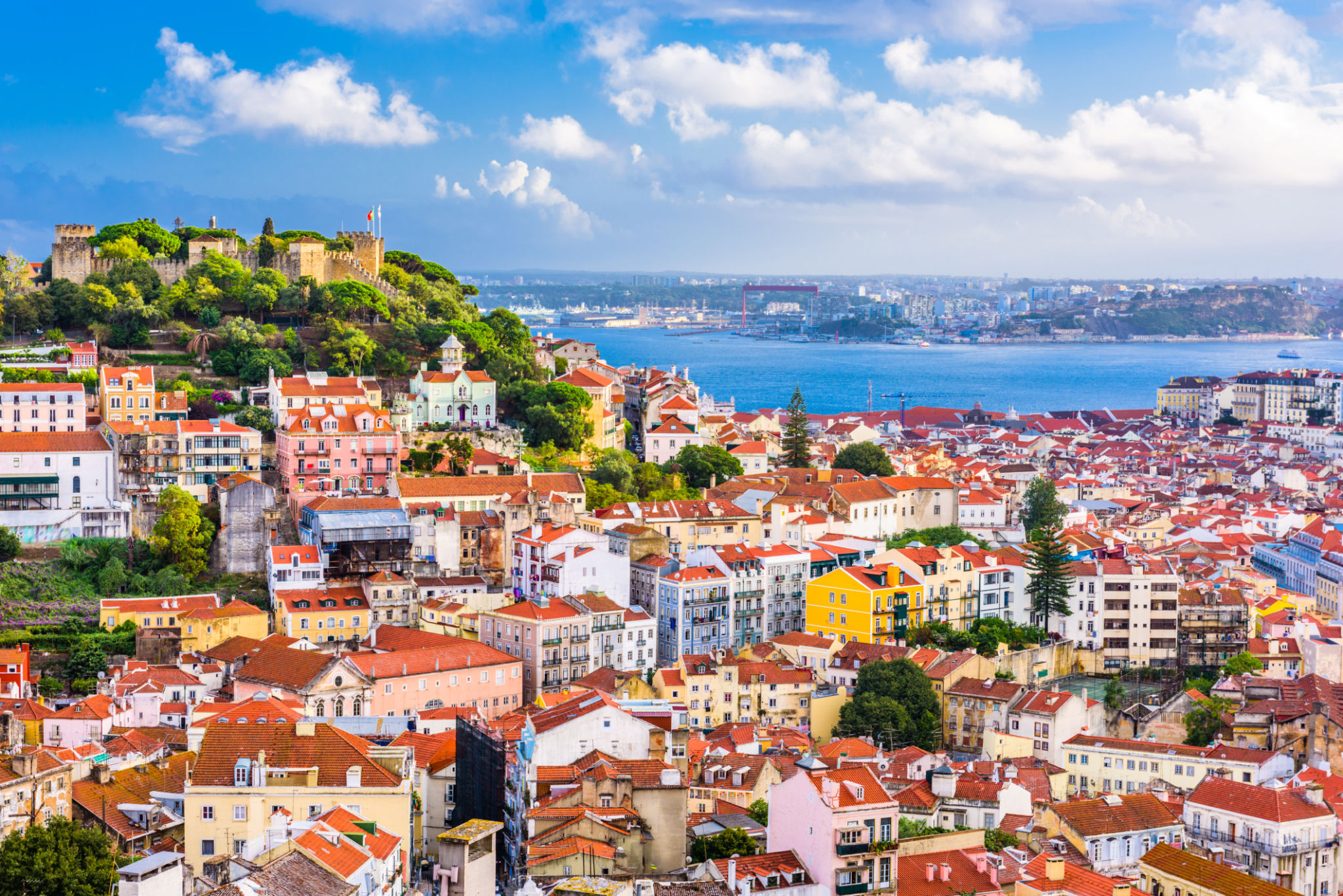Community Impact: How Architecture Shapes Lisbon's Neighborhoods
The Unique Blend of Old and New
Lisbon's architecture presents a fascinating juxtaposition of the old and the new, creating a unique cultural tapestry that shapes its neighborhoods. This vibrant city is renowned for its historic charm, with its cobbled streets and ancient structures standing in harmony with modern architectural marvels. The intricate tilework, known as azulejos, adorns many buildings, adding colorful narratives to the urban landscape.

In the heart of Lisbon, the Alfama district is a living testament to the city's rich history. Its narrow alleys and traditional Fado houses offer a glimpse into the past, preserving the essence of a bygone era. In contrast, the Parque das Nações area showcases contemporary design, featuring innovative structures that reflect Lisbon's forward-thinking spirit.
Community and Cultural Identity
Architecture in Lisbon plays an integral role in fostering community and cultural identity. Neighborhoods are often defined by their architectural styles, which contribute to a sense of pride and belonging among residents. The preservation of historical architecture is not merely about maintaining aesthetic beauty; it is about safeguarding cultural heritage.
In districts like Bairro Alto and Chiado, the blend of traditional and modern influences is evident. These areas have become cultural hubs, attracting both locals and tourists who are drawn to their vibrant arts scene and bustling nightlife. The architectural diversity here not only enhances visual appeal but also promotes cultural exchange and community interaction.

Sustainable Development and Urban Planning
Lisbon's approach to sustainable development and urban planning is another facet of how architecture shapes its neighborhoods. The city has embraced eco-friendly designs and practices, integrating green spaces within urban areas to improve the quality of life for residents. This commitment to sustainability is evident in projects like the renovation of the LX Factory, which has transformed an industrial complex into a thriving creative hub.
Urban planning initiatives focus on creating pedestrian-friendly environments, reducing carbon footprints, and promoting public transportation. These efforts not only enhance the livability of Lisbon's neighborhoods but also contribute to a healthier environment for future generations.

The Role of Architects as Community Builders
Architects in Lisbon are seen as community builders who play a crucial role in shaping the city's neighborhoods. Their work goes beyond designing buildings; it involves understanding the social dynamics and cultural nuances of each area. By engaging with local communities, architects ensure that their designs resonate with the people who inhabit these spaces.
- Collaboration with local artisans to preserve traditional craftsmanship.
- Incorporating public art installations to enhance communal spaces.
- Designing multifunctional buildings that cater to diverse community needs.
This collaborative approach results in architectural projects that not only meet functional requirements but also enrich the social fabric of Lisbon's neighborhoods.
Future Prospects and Challenges
As Lisbon continues to evolve, the role of architecture in shaping its neighborhoods will remain significant. The city faces challenges such as balancing growth with preservation and addressing housing affordability. However, these challenges also present opportunities for innovative solutions that can redefine urban living.
The ongoing dialogue between traditional and contemporary architecture will likely continue to influence Lisbon's development. By embracing both its heritage and modernity, Lisbon can create neighborhoods that are not only visually stunning but also socially and environmentally sustainable.
